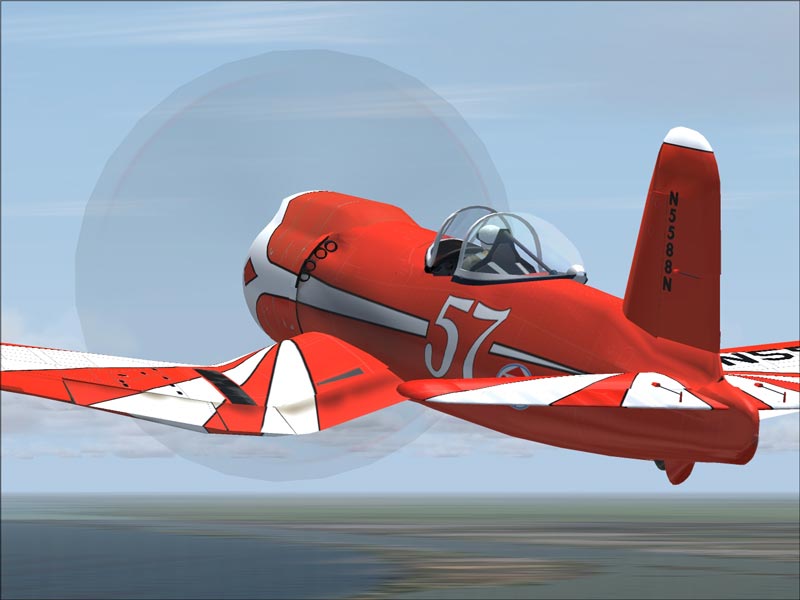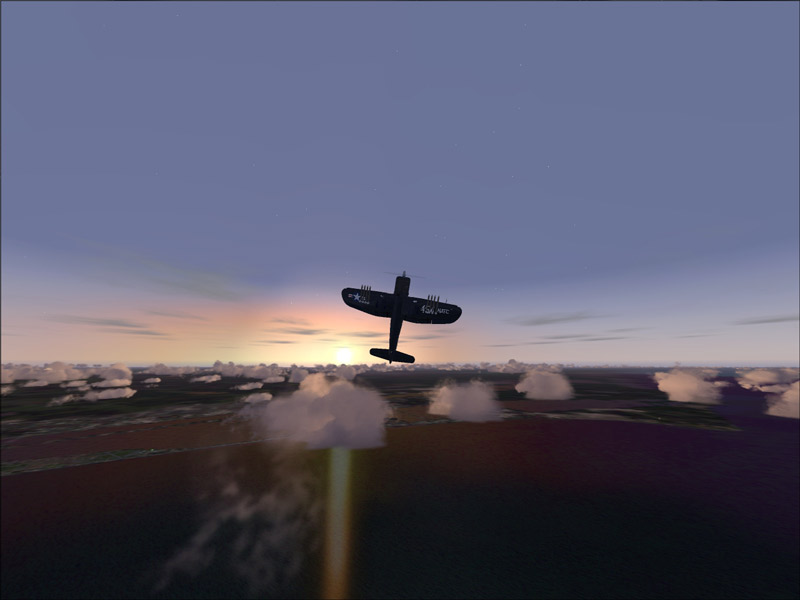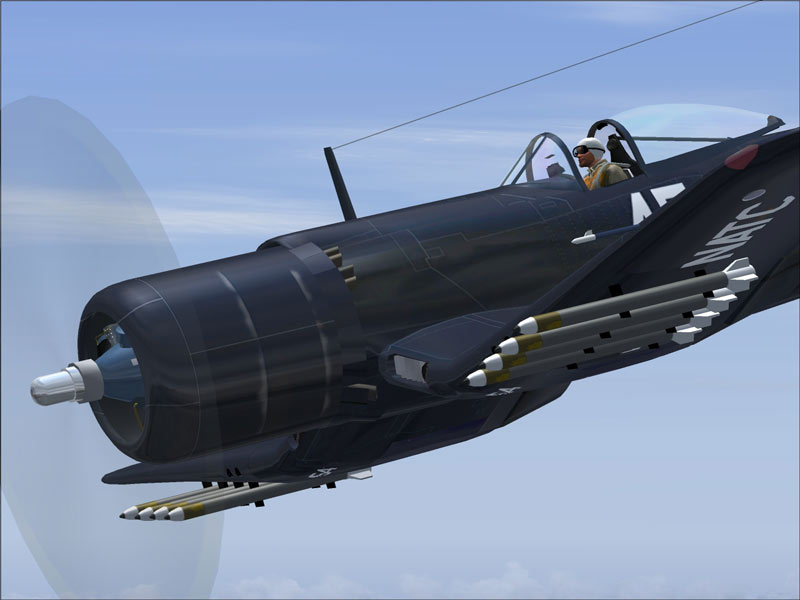*sigh* I have been waiting for this plane for about 10 months now, with baited breath, so I wish I had better news to report. It may just be me having too high expectations, but I have to say, the second half of the package doesn't quite live up to the quality of the first. Still, it's a great plane to fly, and perhaps a patch will be issued for this one.
If anyone has yet to figure it out, this is my favorite plane in the entire world.

This is all from memory, so don't shoot me if I'm off a bit.

The root of my problem lies right here, with the exhaust. I can guess why they did it; on the military model, it's dark blue so you can't see well into that crevace. Unfortunately, on the red, it shows up like a sore thumb. I'm sure it couldn't be helped without extensive procedures, but I have an idea what might have worked in this situation. If I ever get around to completing the one I was building, I'll use it. I'm not a designer, so I'll keep that to myself.

I'm also not too happy with the quality of the prop circle...

For those unfamiliar with Cook Cleland's bird (now belonging to Bob Odegaard), it took the Thompson Trophy in 1949, and is the only flying F2G in the world today. Odegaard is currently rebuilding a second F2G to flying status (only 3 are known to exist) but I'm not sure of his progress.

Having said that, this plane is HEAVEN to fly! You just can't keep it from climbing, which was the idea behind the design in the first place. The supercharger inlet has since the been replaced by one with a lower profile (and much more attractive, IMHO) version. See my signature pic...


In 1947, another F2G owned by Cleland took first place in the Thompson Trophy races. Another owned by Richard Becker took second and a third owned by Ron Puckett dropped out. In '48, it was a bad year, and all 3 dropped out because of mechanical failure. In '49 though, they bounced back and F2G's took the top 3 positions in the race!

The F2G was designed to combat Japanese Kamikazee attacks. The idea was simple. They sacrificed a little top end speed for gaining altitude quickly. They took a PW R4360 from a B-29 bomber and stuck it on the front end of a Corsair; a plane already designed around the concept of sticking the biggest engine possible on the smallest airframe they could.

Not even the Navy can say anymore exactly how many F2G's were produced. Numbers vary from 10 to 20 total, with 3 known survivors today. It's a shame some of the other countries that bought up Corsairs didn't pick any up, or the design didn't continue through Korea.

There were actually two variations. The F2G-1 was to be the land based version and lacked folding wings, while the F2G-2 was to be the carrier based plane. Odegaard's #57 is an F2G-1...

In spite of the above mentioned flaws, if I had the opportunity to buy it again, even knowing the flaws, I would do it in a minute...

In spite of some minor details one might miss unless they worshipped the plane, it's a good model and worth the bucks.

